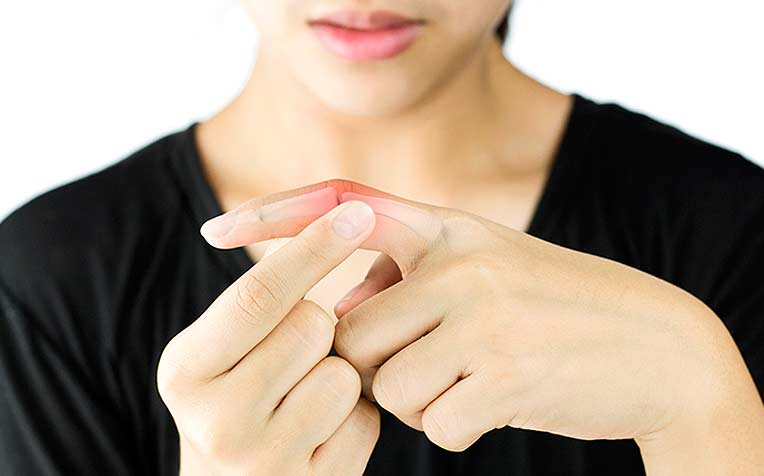
Rheumatoid arthritis (RA) is the most common autoimmune rheumatic disorder and affects around one per cent of the Singapore population. A chronic inflammatory disorder, it affects the joints and less frequently, the skin, eyes, lungs and other organs. The
Department of Rheumatology and Immunology at
Singapore General Hospital (SGH), a member of the
SingHealth group, shares the risk factors, symptoms and treatment for the condition. (iStock photo)
Rheumatoid arthritis (RA) affects all races with 75 per cent of patients being female.
The age at which RA most frequently begins is 20 to 45 years. Although the exact cause for RA is unknown, it seems that certain people inherit the tendency to develop it. This means your children will be more likely to develop RA if you suffer from RA, but the risk is still low.
Symptoms of Rheumatoid Arthritis (RA)
RA causes:
- Joint stiffness
- Pain and swelling and
- Possibly other organ damage
Related article:
Having RA also puts you at risk of these organ complications
The joints affected and the severity of joint or other organ inflammation varies between people. Sometimes,
a person may not realise for a long period of time that he or she has RA because the symptoms may be as subtle as persistent tiredness and mild joint stiffness (they are often brushed off as ageing).
Diagnosis of Rheumatoid Arthritis (RA)
In order to diagnose RA accurately, a doctor must evaluate the patient and will usually also perform blood tests and x-rays.
It is very important to diagnose RA as early as possible as research has shown that prompt treatment improves the chance that the patient's joints and organs will remain healthy and will not be permanently damaged.
Referral to a rheumatologist (a specialist doctor who looks after patients with rheumatic disease) is often helpful for confirmation of RA and its treatment.
Related article: 5 Rheumatic diseases that affect over 600,000 Singaporeans
Treatment of Rheumatoid Arthritis (RA)
Upon confirmation of the diagnosis of RA, the attending doctor will determine the type of medication suitable for the patient based on individual requirements.
Examples of medications used to treat RA are NSAIDS (Diclofenac), prednisolone, hydroxychloroquine, methotrexate and TNF-blockers such as etanercept and infliximab. The attending doctor may also arrange for the patient to meet the rheumatology nurse clinician, physiotherapist and occupational therapists, if appropriate.
RA causes mainly joint, but possibly other organ inflammation as well. Referral for evaluation should be considered as soon as possible if RA is suspected, so that appropriate treatment can be given to prevent permanent organ damage.
At the moment, there is no cure for RA but rapid research developments have given rise to treatments that have enabled people affected by RA to live normal lives.
Related article:
Osteoarthritis – Tips to prevent joint pain
--
Articles on
HealthXchange.sg are meant for informational purposes only and cannot replace professional surgical, medical or health advice, examination, diagnosis or treatment.